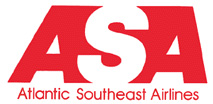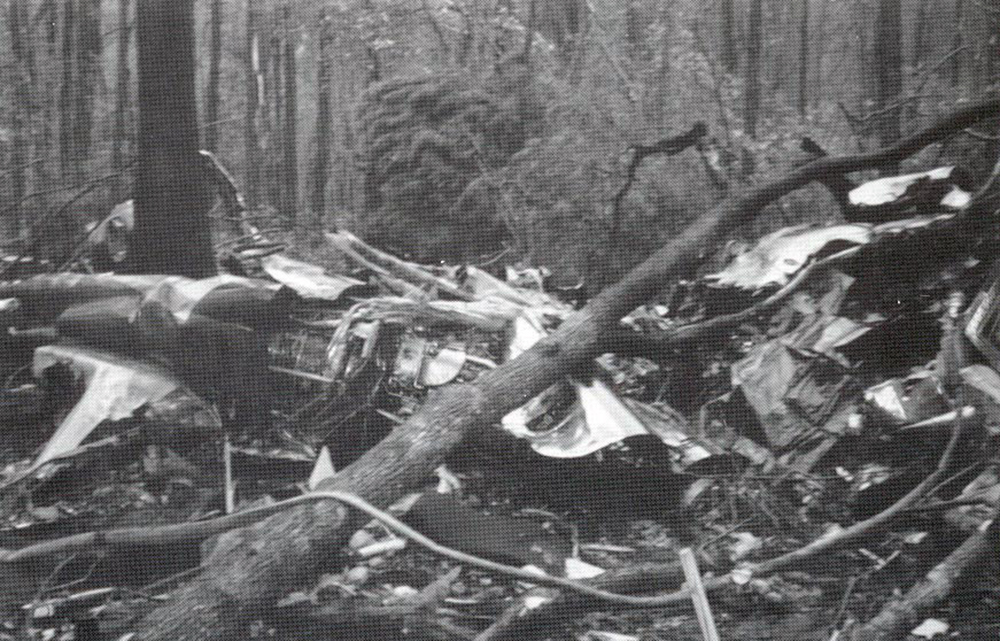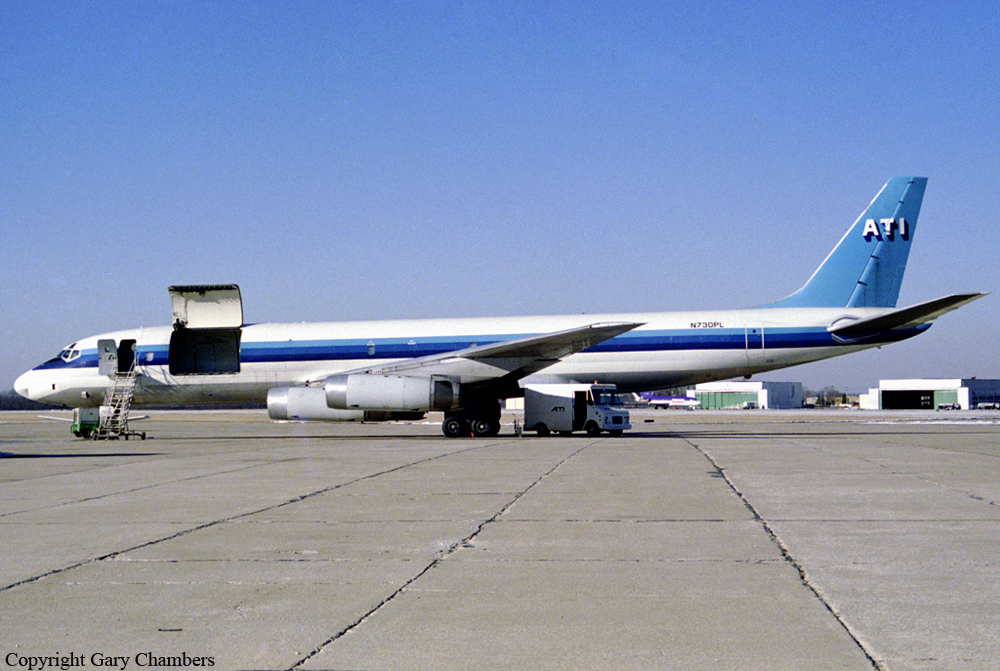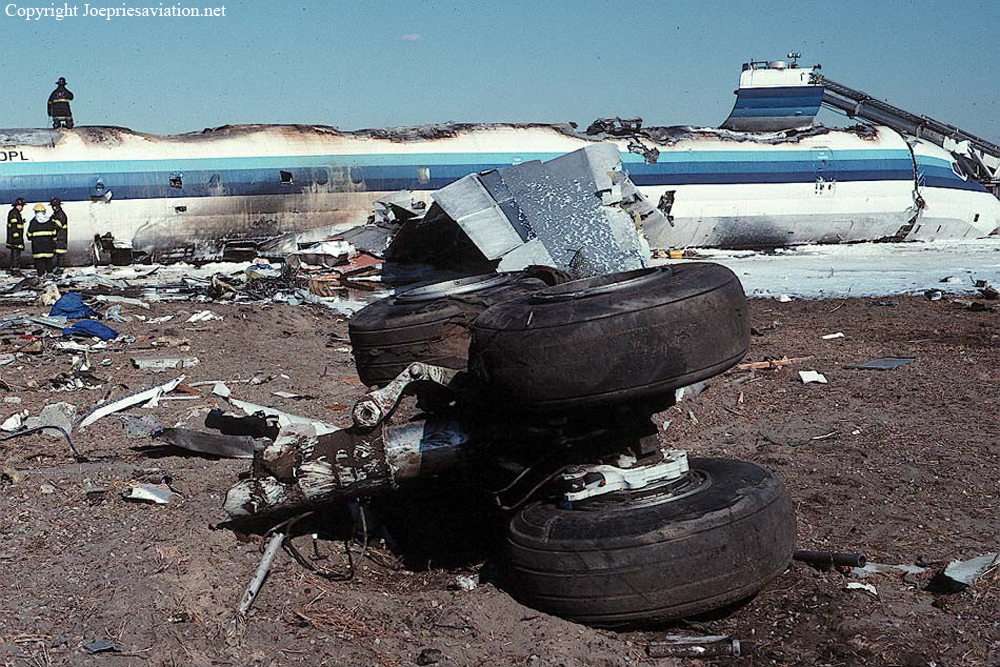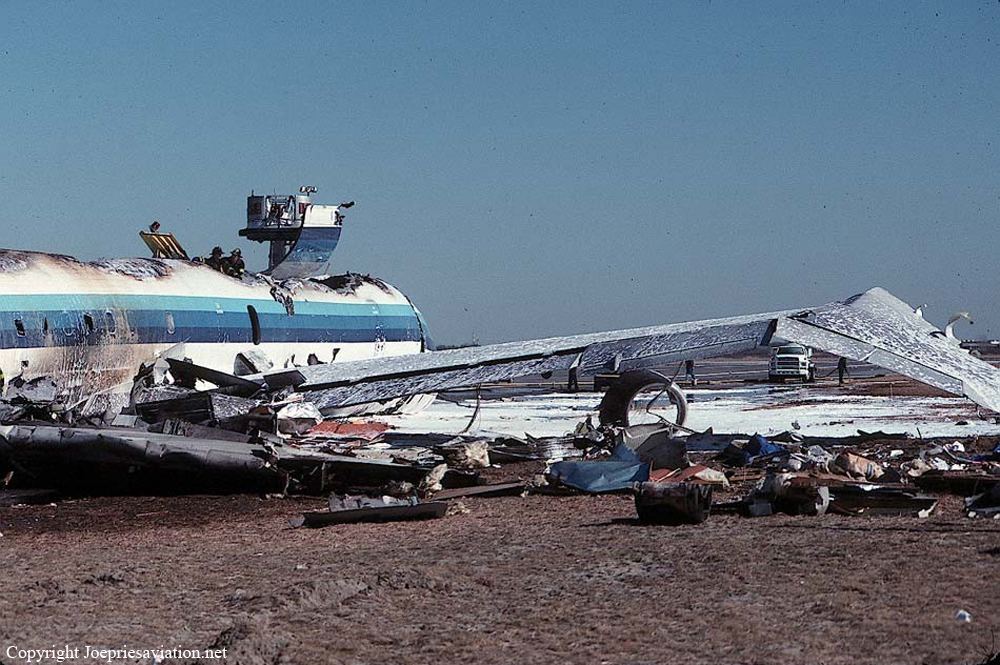Crash of an IAI-1124A Westwind I in Oxford
Date & Time:
May 1, 1991 at 0920 LT
Registration:
N445BL
Survivors:
Yes
Schedule:
Saint Augustine – Oxford
MSN:
382
YOM:
1982
Crew on board:
2
Crew fatalities:
Pax on board:
7
Pax fatalities:
Other fatalities:
Total fatalities:
0
Captain / Total hours on type:
2290.00
Circumstances:
The aircraft completed an instrument approach and landed hard on the runway surface first with the left gear then the right gear. The tires burst and the lower fuselage came into contact with the runway surface. After the nose gear touched down, the right main landing gear collapsed and the pilot lost control of the aircraft. It veered to the left and departed the runway, coming to rest approximately 150 to 200 yards from the point of departure. Initial touch down occurred about 12 feet from the threshold, ten feet left of centerline.
Probable cause:
The failure of the pilot to maintain the proper landing descent rate and the resultant right main landing gear assembly collapse.
Final Report:

